Natural disasters, like fires and storms, are always disastrous for your home. However, it’s not only natural disasters that can ruin or cause serious damage to one of your huge investments. In fact, if there’s one thing that can appall homeowners while also ruining your house’s appearance, it’s mold. So, what exactly is mold?
What is mold?
To put it roughly, mold is a type of fungus that came from microscopic spores in your home’s air. When clusters of molds accumulate and grow on surfaces that have their ideal breeding ground, then they may start to reproduce, growing in size, hence becoming visible. Unfortunately, all houses already have these conditions that mold needs to grow:
- Mold spores
- A surface
- Oxygen
- Darkness
- Warm areas or areas with high levels of humidity
- Moisture, which can come from stagnant water or a water leak

Mold can have different colors, but the most dangerous one is black. But despite the color the mold presents, if you have any allergies or a form of lung condition, breathing microscopic pores can be hazardous to your health. For one, exposure to molds may lead to wheezing, a stuffy nose, as well as red and itchy eyes or skin. If you have asthma, then there’s also a possibility that you may suffer from shortness of breath or high fever. (4)
Also, even if you don’t have any allergies to mold, then the sight and smell that it produces is already a sufficient reason for you to have it removed. (3)(5)
Steps to take after you find mold
If you notice the presence of mold in your home, then don’t wait for it to manifest all over your house. Doing so may present irreversible damage to your home’s structural integrity as well as to your health. This being said, it’s best to know the steps to take if you find mold.
Here are five simple steps you should do:
Step 1: Document the problem
Before calling in the professionals, like Rescue Clean 911, it’s best if you write, photograph, and video your mold situation. This is important since mold removal experts will use this documentation so they can properly make a remediation plan.
Step 2: Abide by the remediation plan
This plan would determine when they will begin the removal process, the date when it’ll be done, and who will remove the mold, the necessary testing to be conducted, and assess if homeowners should leave the premises once the removal process is ongoing. In some cases, your documentation may even help pinpoint any possible areas where mold can grow, helping you mitigate the problem early on.
Step 3: Containment
If your home or workplace has the right conditions mentioned above, then mold can even spread more quickly. This means that once the source has been addressed, it may stop the mold from spreading to more places, and the technician can now start to isolate the areas where the fold is found. Thus, containment is necessary to minimize or prevent cross-contamination to unaffected areas.
The containment process involves can either be level 1 or 2 remediations. The first level is used for small and isolated areas, and the mold should be around 10 square feet. The second level, on the other hand, is for serious issues where mold is now ranging from 10 to 30 square feet. (1)
Step 4: Repairs and replacement
Depending on how extensive is the damage caused by mold in your home, which is usually the case for second-level remediation, then it’s possible that the affected area may be completely removed. Conveniently, some professional mold removers like Catastrophe Solutions offer some restoration services or repair the affected areas. Essentially, you want the affected area to return go back to its pre-mold stage.
Step 5: Check if the removal process is successful
After the professionals have completely removed the presence of mold or conduct the necessary repairs, it doesn’t mean that you can finally rest. But you must also have due diligence to check if the entire process is a success.
Doing so allows you to be certain that mold is now completely gone from your property, giving you the peace of mind that you’ll no longer suffer from any negative consequences it brings.
To help you out, here are some guidelines to assess if the cleanup is a success.
- No presence of mold or mold odors
- There are no longer any moisture problems. This means that there are no longer signs of water damage on your walls or ceilings.
- If you’re allergic, then a good indicator that the cleanup process is a success is the fact that you can already stay in your home for a long time without experiencing any physical symptoms brought about by mold.
Final words
With all the negative effects it brings, it only makes sense to have mold remove the moment you notice that it’s already infesting your home. Fortunately, with the help of this article, you now know the necessary steps to take to ensure that the mold removal process will be a complete success.
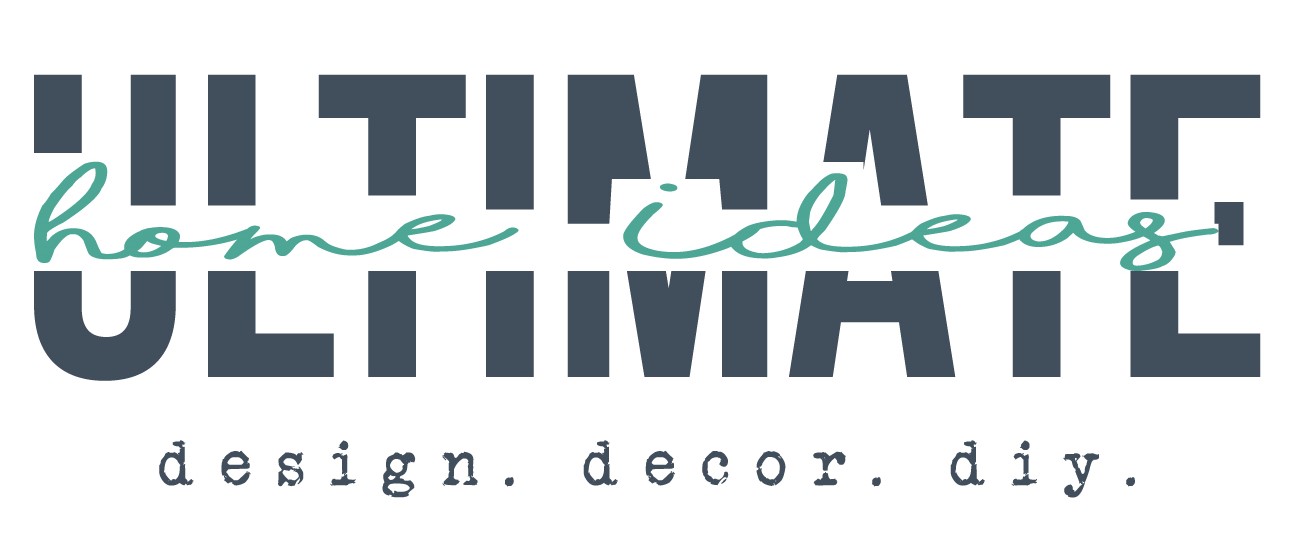










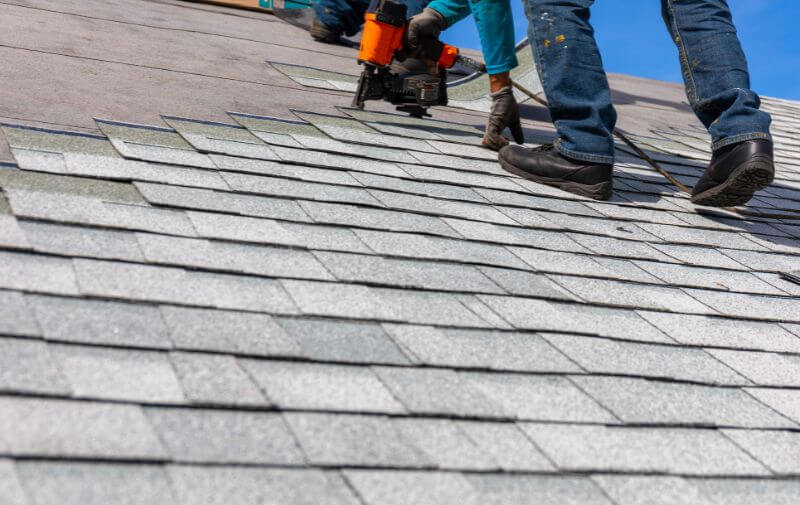
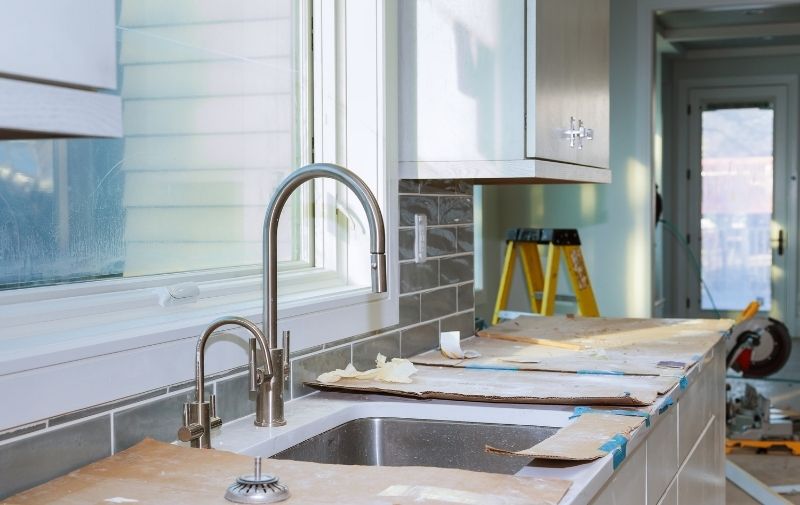

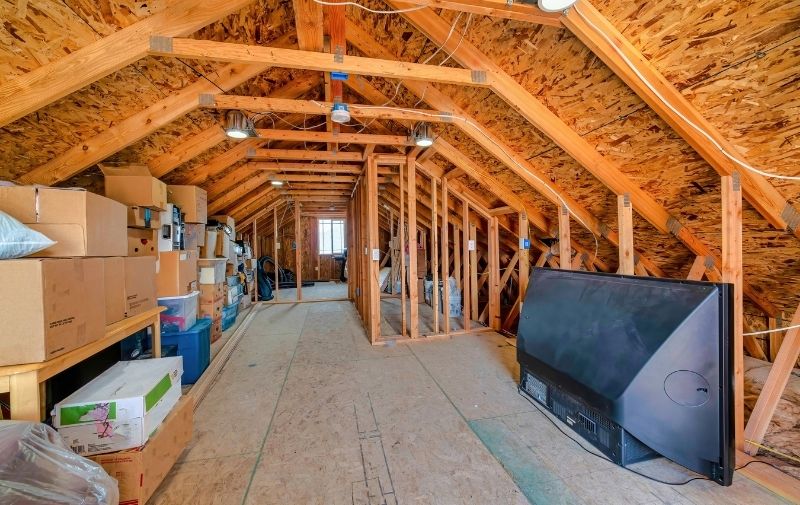
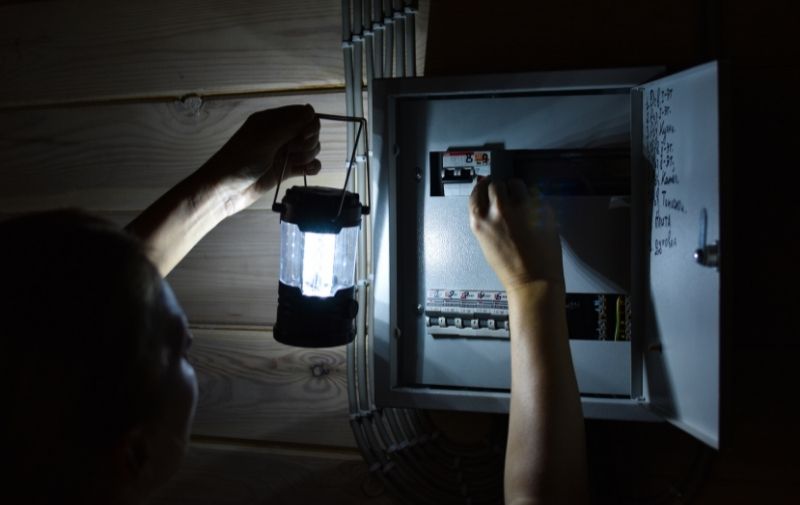




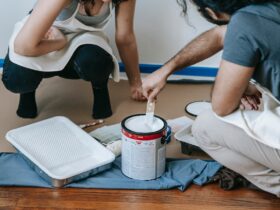

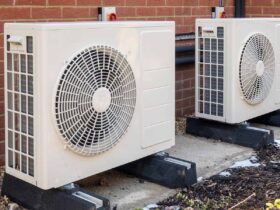
Leave a Reply